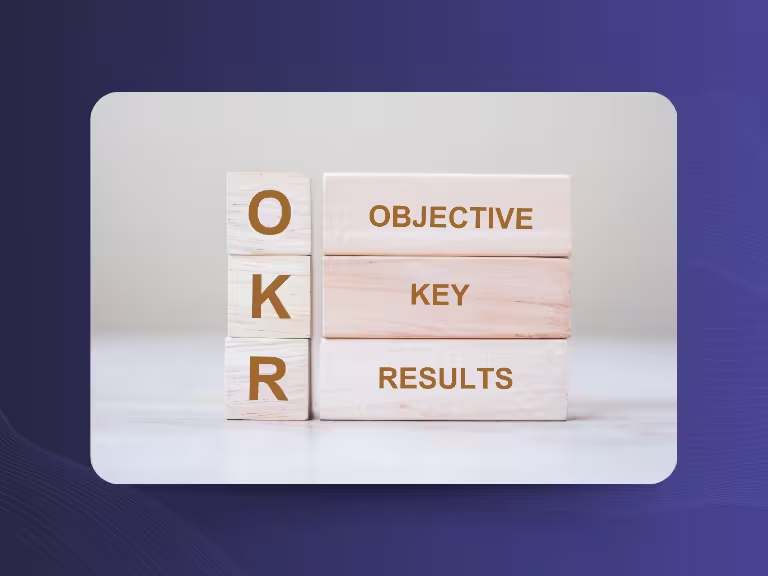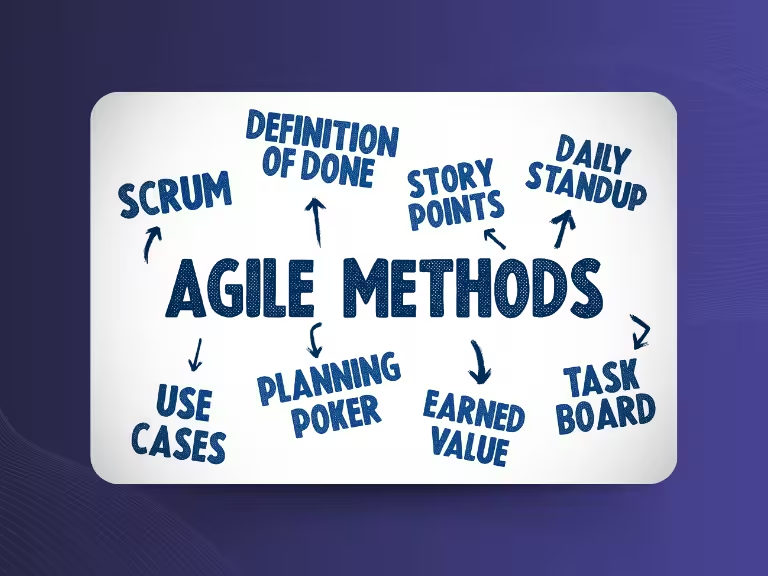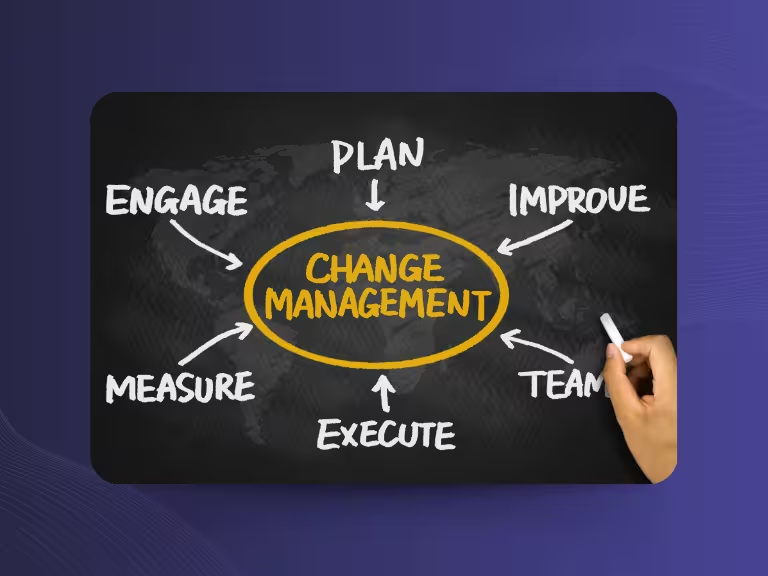AI Transcription Trends 2025: A Game Changer for Businesses
The way companies convert speech into text is undergoing a major transformation. AI-powered transcription is evolving from a simple recording tool into a strategic asset that streamlines workflows, speeds up decision-making, and unlocks entirely new possibilities. From personalized solutions and seamless integrations to GDPR-compliant data handling, the AI transcription trends of 2025 represent a decisive shift. Staying ahead of these developments is key to maintaining a competitive edge.
In this article, you'll discover why AI transcription is becoming indispensable, what opportunities it offers, and how businesses can boost productivity, flexibility, and security. Companies that adopt these trends early won’t just improve efficiency, they’ll lead the way in the digital workplace.

Why Data Protection Is Crucial for AI Transcription
As AI transcription becomes more widely adopted, data protection is taking center stage. It’s no longer just a compliance checkbox — robust data protection minimizes legal risks and builds customer trust. For organizations handling sensitive data, like internal communications or client meetings, privacy isn’t optional. It’s a strategic advantage.
Investing in encrypted, locally stored data pays off in two key ways: it defends against cyber threats and reinforces a company’s reputation as a trustworthy digital partner.
One major concern is the use of US-based cloud services. Under the CLOUD Act, US authorities can access data, even if it's generated in Europe. This directly conflicts with the GDPR and presents serious legal risks, especially for industries like healthcare and finance.
This is where European providers like Sally and Tucan AI come in. These tools are developed within the EU and hosted on EU servers, offering greater data sovereignty and legal peace of mind.
Industry-Specific AI Transcription Is the New Standard
The “one-size-fits-all” model no longer meets the needs of modern businesses. Different sectors require tailored transcription tools that address their unique challenges.
● Healthcare demands the highest accuracy. Tools must recognize complex medical terminology and abbreviations reliably. A single transcription error could have serious consequences. Specialized AI solutions not only ensure safety but also save valuable time.
● Legal professionals depend on precision. Legal jargon, contract clauses, and Latin phrases must be captured correctly. AI tools that structure legal documents or highlight key passages help lawyers work more efficiently and accurately.

● Tech companies, from automotive to IT, benefit from tools that understand technical language. Industry-specific solutions minimize editing, speed up documentation, and enhance communication clarity.
By choosing customized solutions, companies not only increase efficiency but also stand out through exceptional quality and accuracy.
Generative AI: Smarter, Context-Aware Transcription
Generative AI is taking transcription far beyond basic speech-to-text. These advanced systems understand context, eliminate irrelevant information, and deliver structured, ready-to-use transcripts.
Picture a company analyzing customer service calls: generative AI doesn’t just transcribe — it detects sentiment, spots emerging trends, and suggests next steps. This transforms transcription into a powerful insight engine.
It also minimizes interpretation errors, which are common in complex conversations. In fast-paced settings like crisis meetings or strategic discussions, generative AI provides clear, actionable summaries in record time.
Deep Learning: Accurate Speaker Identification for Complex Conversations
One of the toughest transcription challenges is accurately distinguishing between speakers. Deep learning addresses this with remarkable precision. These models handle overlapping speech, accents, and multi-language scenarios with ease — making them ideal for global and fast-paced teams.
In meetings with diverse participants, deep learning reliably identifies individual voices and attributes dialogue correctly. This not only improves clarity in meeting minutes but also makes it easier to review and analyze discussions later.

Automated Transcription: Boosting Efficiency Through Seamless Integration
By 2025, integrating AI transcription tools into existing workflows will be a must-have. Platforms like Microsoft Teams, Zoom, and Slack are enhanced by seamless connections with AI systems, enabling real-time data capture and instant access for relevant stakeholders—anytime, anywhere.
Modern AI tools can also automatically summarize conversations. Instead of lengthy transcripts, they extract key points and generate actionable to-do lists. This level of automation saves time and significantly speeds up decision-making.
Integration also ensures transparency across global teams. Regardless of time zones or locations, everyone has access to the same information. The result: stronger collaboration and more streamlined processes.
Voice AI 2025: Breaking Down Language Barriers in Global Communication
In a globalized world, multilingual transcription capabilities are becoming essential. AI systems can recognize and translate multiple languages in real time, making cross-cultural collaboration much smoother. That’s why multilingualism is a defining feature of next-generation transcription tools.
Imagine a project meeting conducted in English, with participants from Germany, Japan, and Brazil. Each person sees the conversation in their local language, live and without delay. Language no longer stands in the way of effective communication. This not only enhances clarity but also boosts inclusion and team cohesion—especially for international organizations.

AI-Powered Assistants: Redefining the Workplace
AI transcription tools are evolving far beyond basic speech recognition. Today’s intelligent assistants analyze content in real time, offer strategic insights, and generate actionable recommendations.
Looking ahead, these tools may not only transcribe meetings, but also evaluate historical data, detect trends, and provide predictive insights. Sales teams could get instant feedback on their calls, while project managers might receive auto-generated task lists prioritized by urgency.
These innovations show that AI transcription is no longer just a support tool—it’s becoming a strategic business partner that helps companies stay ahead of the curve.
Conclusion: The Future of Transcription Has Arrived
The AI transcription trends of 2025 signal a new era. From smart, context-aware transcriptions and GDPR-compliant platforms to multilingual functionality and AI-driven insights, the potential is immense.
Companies that embrace these technologies early will not only improve efficiency but also reinforce their innovation capabilities and competitive edge. The future of AI-powered transcription is already here. Now is the time to invest and shape the future of your industry.

Test Meeting Transcription now!
We'll help you set everything up - just contact us via the form.
Test NowOr: Arrange a Demo Appointment




